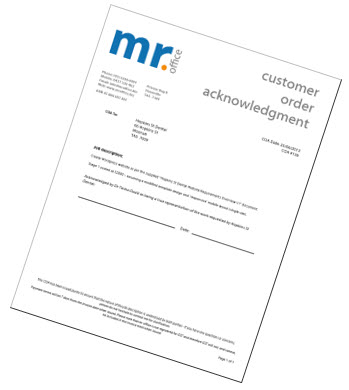How I do it

Getting the low-down
The first thing I do is get a broad picture of what your needs are. The first time I meet with a client, the first hour is free.
We can hash out an overview at that point and, if it’s a small job, many of the details as well.
More complex jobs, of course, take more time.
I’ve been doing this for a while now, so I know what questions to ask. Sometimes, we won’t even need to meet – I can chat to you on the phone or email you a questionnaire. But I’m also happy to come on site and have a chat – it’s up to you.

Quote
Next up I’ll put something in writing about what you need and I’ll give you a quote for meeting those needs.
Depending on the scope of the job, this process may be repeated at different points along the way, as larger jobs may be done in stages.
Quoting for website development is fairly straightforward. These are not the kinds of jobs that have hidden “gotchas”.
With IT, though, more so than for most work, the devil is in the detail. If you really need me to, I can quote for all of a complex job without knowing all those details, but I’ll have to build in a significant risk factor.
If you’re happy with the quote, I’ll then issue a Customer Order Acknowledgment referencing the quoted amount, and once you sign off on that, I consider the project to have officially started. On some projects I’ll include a commencement component, where the part of the overall cost will need to be paid up front.

Business Analysis
More complex jobs – such as developing a database or assessing different systems for your organisation – require business analysis. This is the process of mapping out what your business does and how it does it.
Business analysis can be a very valuable process in itself, because it gets all the information out of your head, and out of your employees’ heads, and onto paper: all the stuff that people “just know” is documented. That means that if, for example, you lose key staff, you don’t lose all their knowledge as well.
At the end of the process, everyone has a clear picture of what the business does, how it does it, and the constraints under which it operates. This provides great opportunities to identify better ways of doing things.
From an IT perspective, it gives a clear picture of what data needs to be captured by software, and what functions the software needs to perform.

Rubber to the road
Then I get busy.
If you’re really interested in this stage, I’m very happy to explain my work in plain English. I’m also very happy to share tips and tricks to help you out and empower you to build your own IT capacity.

Signoff and invoice
If I’ve built something new for you, I’ll ask you to sign off on the work as being to your satisfaction.
Assuming everyone’s happy, I’ll then bill you for the work.
